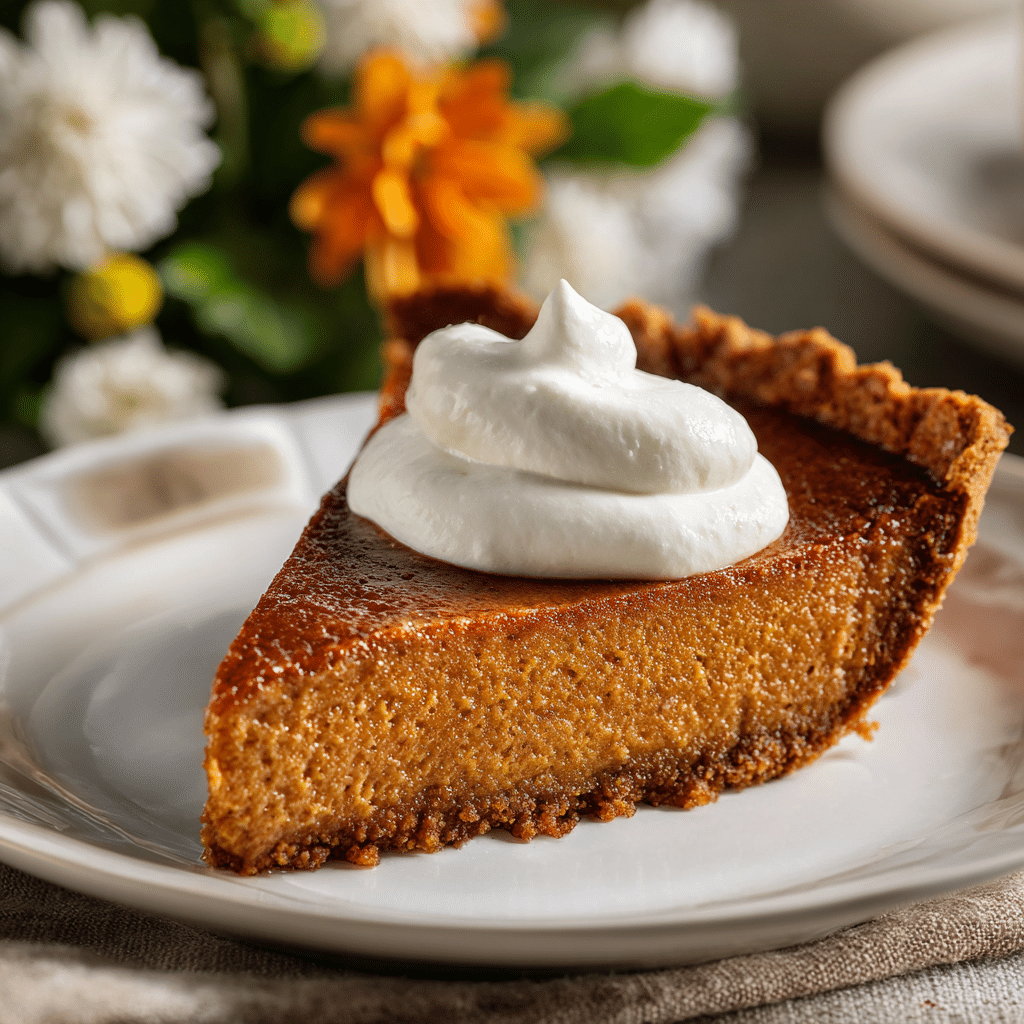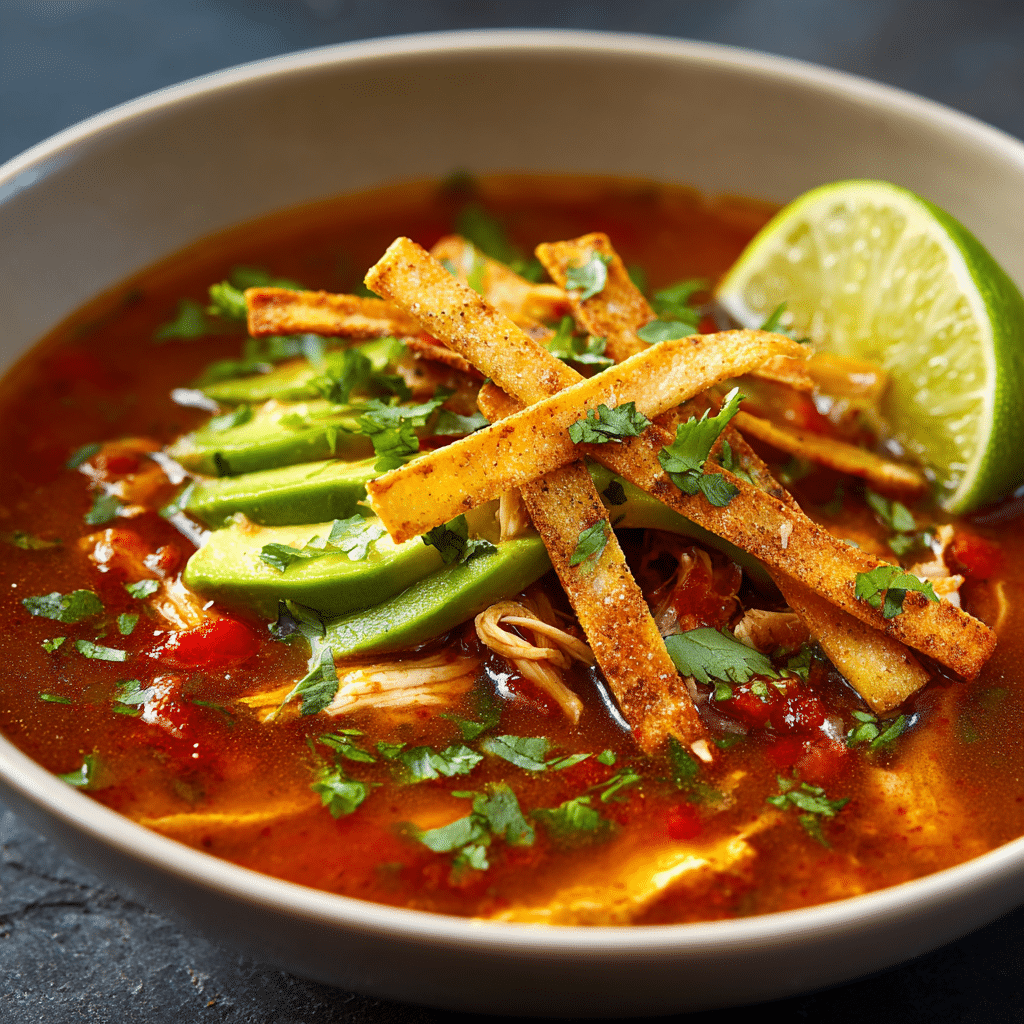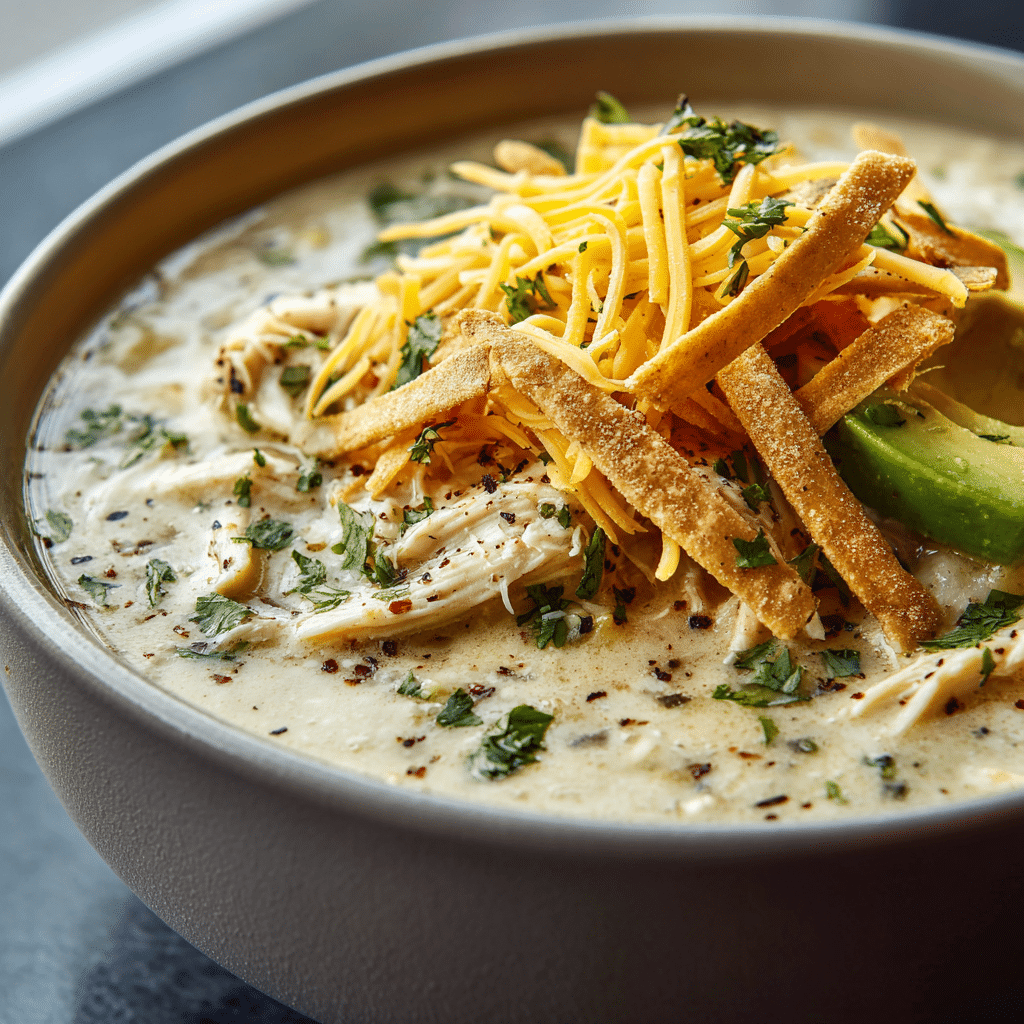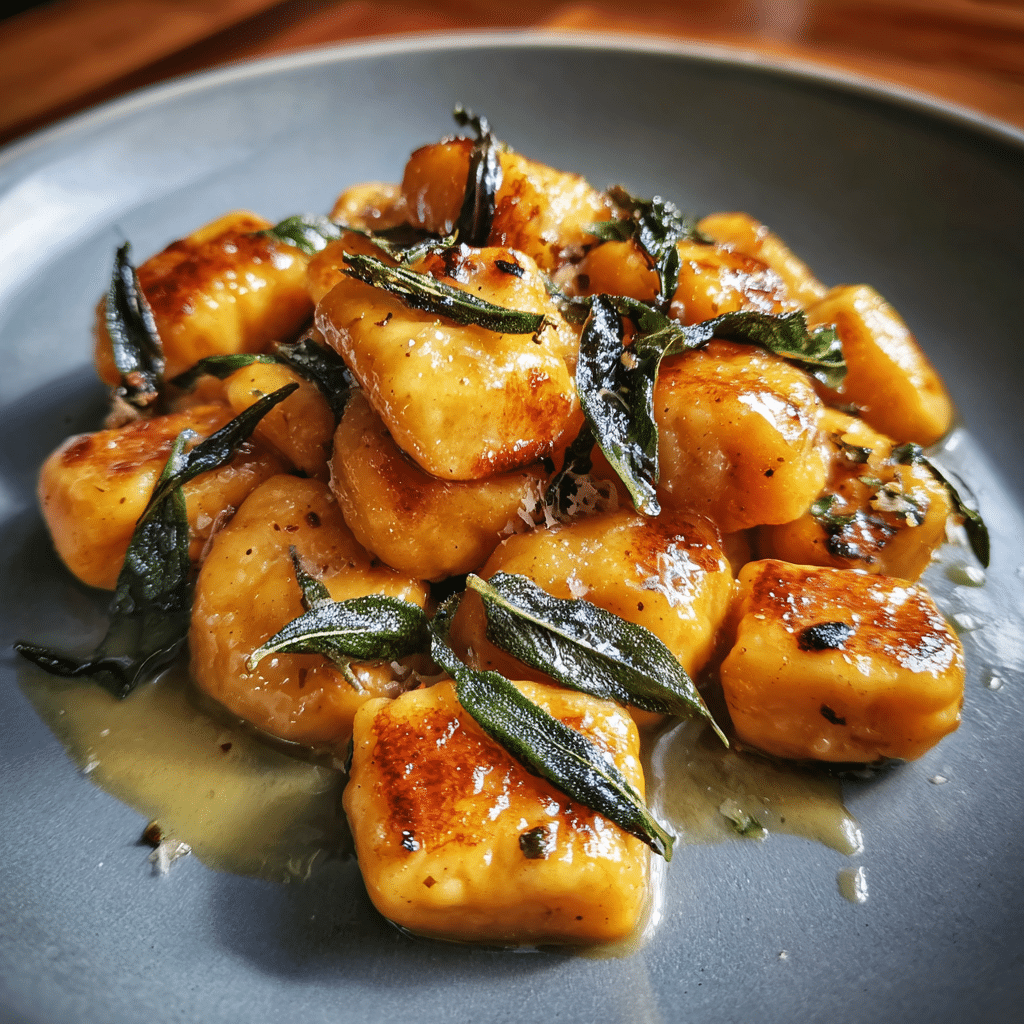Patagonian scallops might be small in size, but they pack a punch in taste and versatility. This Patagonian scallops recipe guide is your go-to for learning how to cook them to perfection, understand their nutritional perks, and see how they stack up against sea scallops. We’ll break down step-by-step cooking tips, popular serving ideas, and key differences so you know exactly what makes these Argentine gems stand out. Whether you’re pan-searing for a quick dinner or pairing them with pasta for something fancy, this article has you covered. Let’s dive right into making your scallop night stress-free and flavorful.
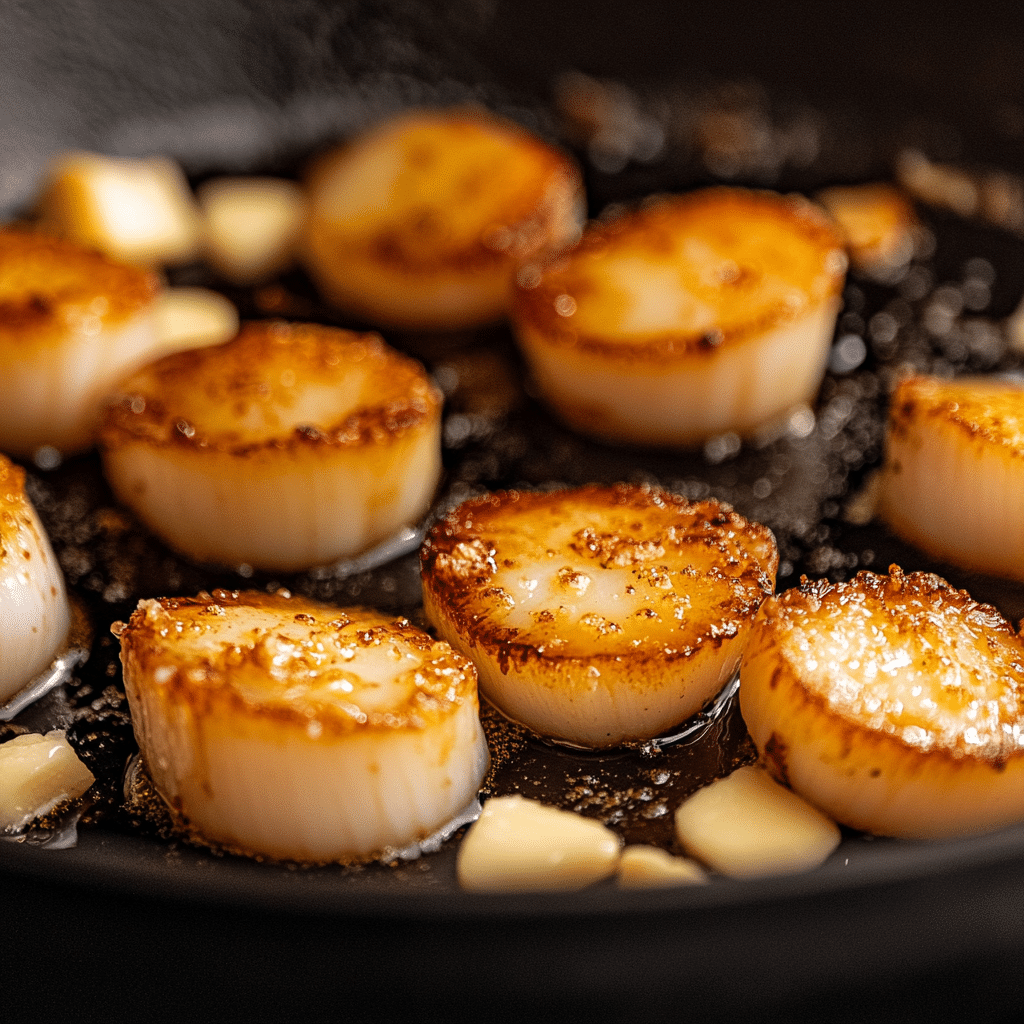
Table of Contents
Cooking Patagonian Scallops
How to Prepare Patagonian Scallops Before Cooking
Before you even think about throwing them on a hot pan, getting your scallops prepped is key. Whether you’re using fresh or frozen, always go for dry-packed scallops. These aren’t soaked in preservatives and retain their natural flavor. Patagonian scallops are typically sold frozen, so proper thawing is essential. The best way is to place them in the fridge overnight or, if you’re short on time, submerge the sealed bag in cold water for about 20–30 minutes.
Once thawed, pat them completely dry with paper towels. This helps you get that crisp golden crust. Wet scallops steam instead of sear, and that’s a recipe for soggy disappointment.
Pan-Searing Patagonian Scallops Step by Step
Now for the real magic—searing. This is where the natural sweetness and delicate texture of Patagonian scallops really shine.
Step-by-step pan-searing method:
- Heat a cast-iron or stainless steel skillet over high heat.
- Add a splash of a high-smoke-point oil like avocado or canola.
- Gently place scallops in the pan, giving them space to breathe—no crowding!
- Let them sear undisturbed for about 1 minute. They should release easily from the pan when ready.
- Flip and sear the other side for another 1–2 minutes until golden brown.
The key here is not to overcook. Since Patagonian scallops are smaller than sea scallops, they cook quickly—usually under 3 minutes total.
Serve immediately for the best flavor and texture. Pair with lemon wedges or garlic butter for a quick finish.
For a perfect side dish, try these hot honey popcorn chicken bites for a sweet and savory combo.
Step‑by‑Step Patagonian Scallops Recipe
Ingredients & Prep
Before we start cooking, gather these simple, fresh ingredients. This recipe serves two but can be doubled for more.
You’ll need:
- 1 pound Patagonian scallops (thawed if frozen)
- 1 tablespoon avocado oil or canola oil
- 2 tablespoons unsalted butter
- 2 cloves garlic, minced
- Juice of 1 lemon
- Fresh parsley, chopped
- Salt and pepper to taste
Prep Tips:
- Pat scallops dry with paper towels to remove excess moisture.
- Preheat your pan before adding scallops for a better sear.
- Chop garlic and parsley ahead of time for easy assembly.
For a refreshing side, whip up this easy peach cobbler to complete the meal.
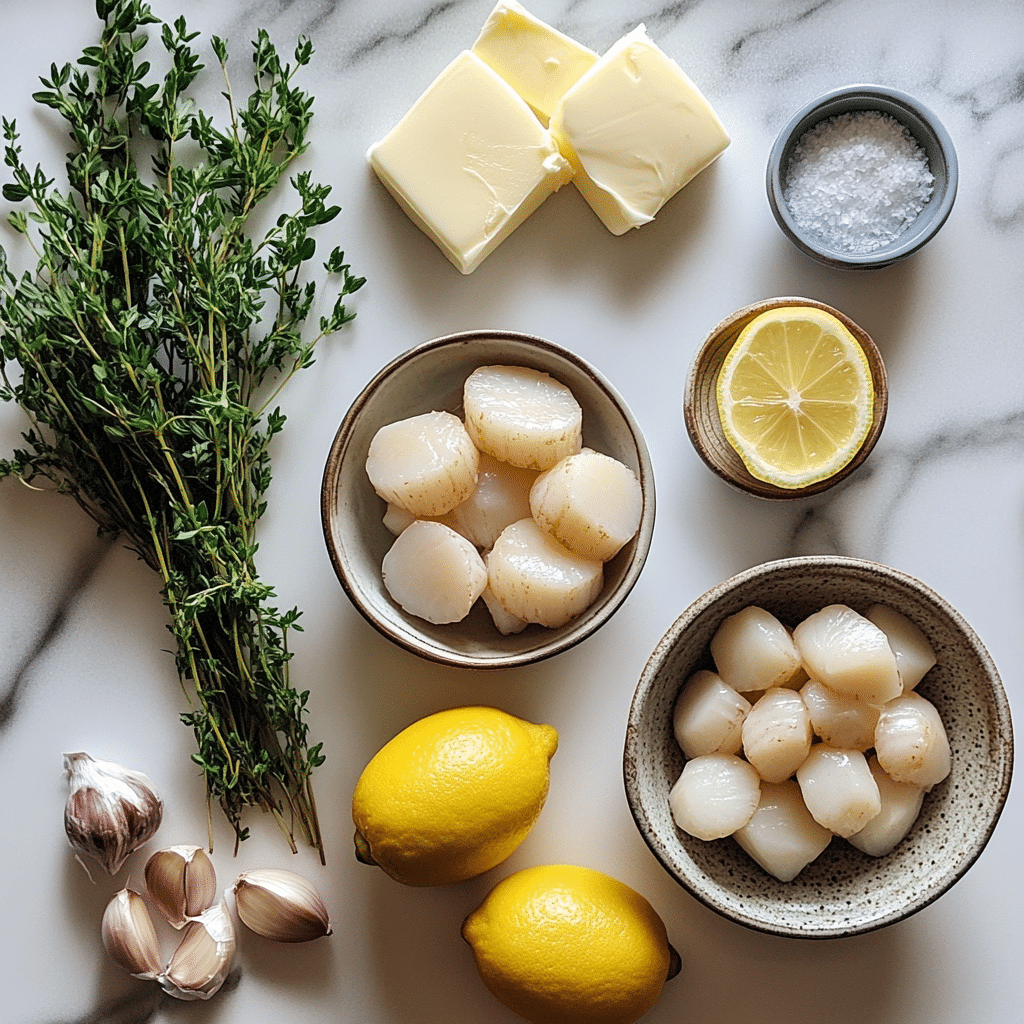
Cooking Method
Follow these steps to cook Patagonian scallops quickly and perfectly:
- Heat your skillet over medium-high heat. Add avocado oil.
- Once the oil is shimmering, place the scallops in the pan in a single layer. Don’t overcrowd.
- Sear for about 1 minute, then flip. They should develop a golden crust.
- Add butter and garlic to the pan. Spoon the melted butter over the scallops as they finish cooking (about 1–2 minutes more).
- Squeeze lemon juice directly into the pan and toss scallops gently.
- Remove from heat, season with salt and pepper, and sprinkle with parsley.
Serve immediately with pasta, risotto, or a green salad.
Looking for something unique to sip with it? Try this brown sugar latte recipe for a cozy dinner drink.
What Are Patagonian Scallops Good For?
Flavor Profile and Texture
Patagonian scallops are loved for their naturally sweet flavor and buttery, tender texture. They’re smaller than sea scallops, often around the size of a nickel, but they make up for it with taste. Unlike the meatier sea scallops, Patagonian ones offer a melt-in-your-mouth feel that’s perfect for quick meals.
Their flavor is delicate, making them an ideal match for simple seasonings like garlic, lemon, and parsley. They also absorb sauces well without overpowering the dish.
Think of them as the scallop version of a cherry tomato—small, vibrant, and bursting with flavor.
Pair them with this creamy spaghetti aglio e olio with green olives for a Mediterranean-inspired dinner.
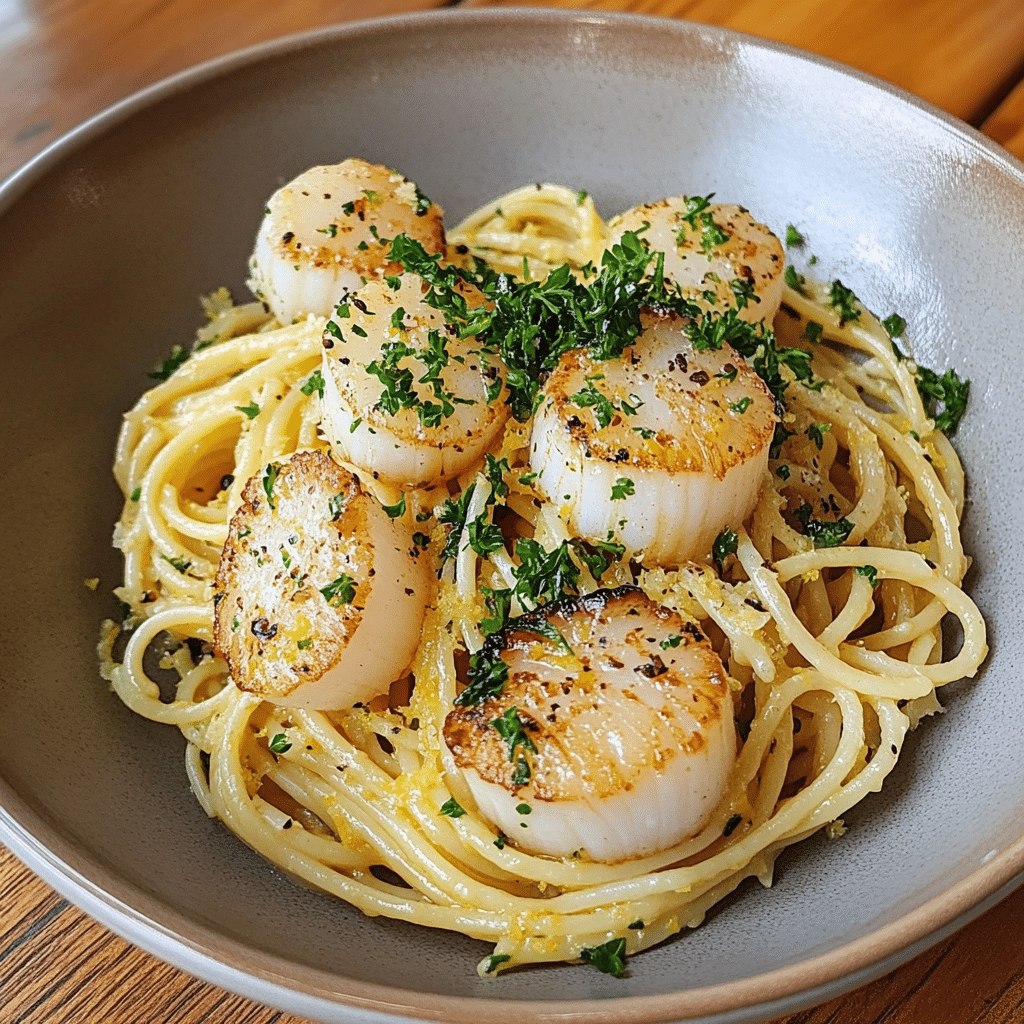
Best Recipe Uses and Pairings
What can you actually make with them? A lot. Here are top ways to enjoy your Patagonian scallops:
- Scallop pasta: Toss them into linguine with a white wine or lemon-butter sauce.
- Seafood risotto: Add them at the end for a silky texture and sweet flavor burst.
- Garlic butter skillet: A quick toss in garlic, butter, and parsley makes a delicious appetizer.
- Citrus glaze: Brighten up their natural flavor with a splash of orange or lemon juice.
If you’re in a sweet-and-savory mood, balance your meal with this 2-ingredient cherry chocolate cake.
Their quick cooking time also makes them perfect for weeknight meals or last-minute dinner guests. Just 5 minutes in the pan and dinner’s ready.
Patagonian Scallops vs Sea Scallops
Size and Origin Differences
At first glance, you’ll spot a clear difference in size between Patagonian and sea scallops. Patagonian scallops are much smaller, typically less than an inch in diameter. They’re harvested from the cold waters off the coast of Argentina, often flash-frozen on the boat to maintain peak freshness.
On the other hand, sea scallops—often called diver or Atlantic scallops—are larger, usually 1.5 to 2 inches wide, and found in the North Atlantic, mainly off the U.S. and Canadian coasts.
Here’s a quick comparison:
| Feature | Patagonian Scallops | Sea Scallops |
|---|---|---|
| Size | Small, around ½–1 inch | Large, 1.5–2 inches |
| Origin | Argentina, South Atlantic | North Atlantic, USA/Canada |
| Texture | Tender, delicate | Firm, meaty |
| Flavor | Sweet, mild | Sweet but more savory |
| Cook Time | Very quick (2–3 minutes) | Slightly longer (4–5 minutes) |
These bread machine Kaiser rolls pair well with both types of scallops for sliders or elegant sandwiches.
Taste and Texture Comparison
If you’re after a delicate, melt-in-your-mouth seafood, Patagonian scallops win hands-down. Their small size makes them cook fast, and their sweetness shines through when paired with light flavors. They’re ideal for quick sautés, citrusy dressings, and fresh herb finishes.
Sea scallops, while also sweet, bring more chew and substance. Their firmer texture holds up well to grilling and heavy sauces like bacon cream or brown butter sage.
So, which one is better? It depends on what you’re cooking. If you’re looking for something quick and elegant, Patagonian scallops are the way to go.
For a sweet twist on dinner, try these seedy quinoa breakfast cookies as a dessert or brunch side dish.
Are Patagonian Scallops Any Good?
Quality and Harvesting Methods
Absolutely—they’re not just good, they’re excellent. One of the standout features of Patagonian scallops is how they’re harvested and handled. These scallops are frozen-at-sea immediately after being caught. That means their freshness is locked in, with no need for additives or preservatives.
What does this mean for you? It means you’re getting scallops that are:
- Flash-frozen for peak freshness
- Free from added water or chemicals
- Consistently sweet and tender
- Easy to cook without shrinking too much
These little guys are often dry-packed, which means no extra liquid to drain or weird taste to deal with. You just thaw, pat dry, and cook.
Serve alongside this grinder pasta salad for a cool and creamy contrast.
Consumer and Expert Opinion
Across forums, reviews, and recipe blogs, people consistently praise the taste and texture of Patagonian scallops. Reddit users say they’re the “perfect weeknight seafood” thanks to how quickly they cook and how well they soak up seasoning. Chefs love using them in upscale seafood pastas and light appetizers.
In blind taste tests, they often hold their own—even against pricier bay scallops. Most agree: they’re a high-quality seafood option that offers great value and flexibility in the kitchen.
Thinking of pairing with dessert? This best fluffy yogurt recipe is a light and healthy follow-up.
Tips for the Best Results
How to Store and Thaw Scallops
Storage plays a big role in the quality of your scallops. If you’re buying frozen Patagonian scallops, keep them in the coldest part of your freezer and use within 3–6 months. Once opened, reseal tightly to prevent freezer burn.
When it’s time to cook, skip the microwave. Instead, thaw them gently by:
- Placing the bag in the fridge overnight
- Or submerging the sealed scallop bag in cold water for 20–30 minutes
Never thaw at room temperature. It affects both texture and flavor.
For a smart breakfast that’s freezer-friendly too, try these cottage cheese lava cakes.
Avoid Overcooking and Preserve Texture
Scallops—especially Patagonian scallops—cook in minutes. Overcooking can turn them rubbery fast. Here’s how to keep them juicy:
- Dry thoroughly before cooking. Moisture causes steaming.
- Use a hot pan. That sizzle helps build a crust and keeps juices inside.
- Flip only once. A gentle touch prevents tearing.
- Cook until they’re opaque and lightly golden. They should still have a little bounce when pressed.
- For precision: an internal temperature of 145°F (63°C) is ideal.
Remember, residual heat will continue cooking them after removing from the pan, so err slightly on the underdone side.
Want a fun twist on sides? These smashed fingerling potatoes pair beautifully with scallops for texture contrast.
Popular Variations & Serving Ideas
Lemon Garlic Pasta with Patagonian Scallops
One of the easiest—and most loved—ways to use Patagonian scallops is tossing them into a light pasta dish. Their sweet, delicate flavor pairs perfectly with citrus and herbs.
Try this easy version:
- Cook spaghetti or linguine until al dente
- Sauté garlic in olive oil, then add lemon juice and zest
- Add seared scallops and fresh parsley
- Toss everything together and finish with grated Parmesan
In just 20 minutes, you’ve got a dinner that tastes gourmet but is weeknight easy.
You could serve this next to these hot honey popcorn chicken bites for a surf-and-turf plate with a little heat.
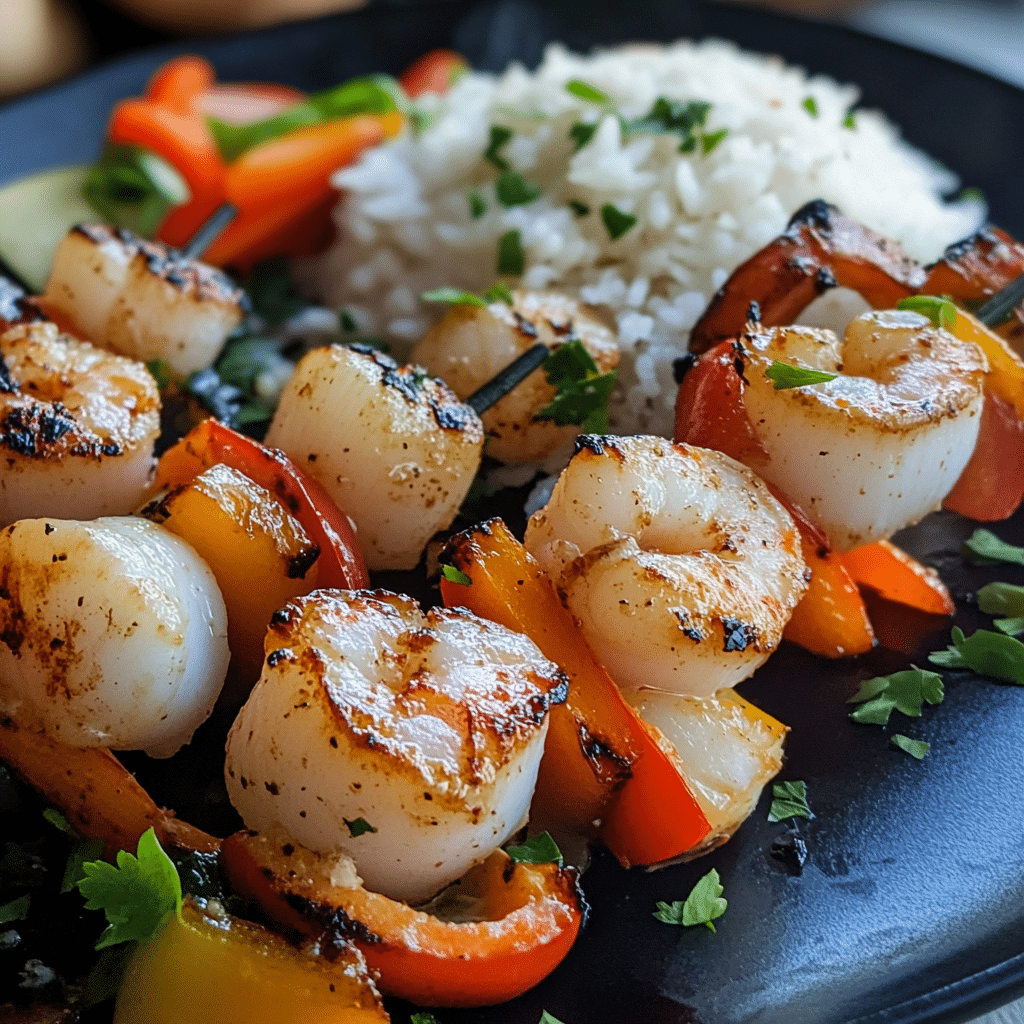
Sauces, Sides, and Pairings
Here are some great pairings and variations to try with your scallops:
Best Sauces:
- Garlic butter
- Lemon herb vinaigrette
- Light cream sauce with dill
- Citrus soy glaze
Great Sides:
- Roasted vegetables (asparagus, carrots, or green beans)
- Herbed rice or quinoa
- Crisp green salad with vinaigrette
- Mashed cauliflower for a low-carb option
Looking for a sweet finish? This banana coffee makes a tasty, caffeine-kissed dessert drink.
Print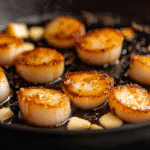
Patagonian Scallops Recipe – Cooking, Benefits & Differences
- Total Time: 10 min
- Yield: 2 servings 1x
Description
This Patagonian scallops recipe is simple, buttery, and packed with fresh flavor. Quick to cook and perfect for weeknight dinners.
Ingredients
1 lb Patagonian scallops (thawed)
1 tbsp avocado oil
2 tbsp unsalted butter
2 cloves garlic, minced
Juice of 1 lemon
Fresh parsley, chopped
Salt and pepper to taste
Instructions
1. Thaw scallops fully in the fridge or cold water.
2. Pat dry thoroughly with paper towels.
3. Heat oil in skillet over medium-high heat.
4. Sear scallops for 1 minute per side.
5. Add butter and garlic, cook 1 more minute.
6. Squeeze lemon over scallops and toss.
7. Garnish with parsley and serve hot.
Notes
Avoid overcrowding the pan for best sear.
Use a high smoke-point oil to prevent burning.
Dry scallops ensure better browning.
- Prep Time: 5 min
- Cook Time: 5 min
- Category: Dinner
- Method: Pan-searing
- Cuisine: Seafood
Nutrition
- Serving Size: 1 plate
- Calories: 160
- Sugar: 0g
- Sodium: 260mg
- Fat: 9g
- Saturated Fat: 4g
- Unsaturated Fat: 4g
- Trans Fat: 0g
- Carbohydrates: 1g
- Fiber: 0g
- Protein: 18g
- Cholesterol: 45mg
For something different, try skewering them with shrimp and cherry tomatoes for quick seafood kabobs—ideal for grilling. Or serve chilled over salad for a refreshing summer lunch.
FAQ
How do you cook Patagonian scallops?
Cooking Patagonian scallops is quick and easy. Start by thawing them properly and patting them dry. Use a hot pan with oil to sear for about 1 minute per side. They cook much faster than sea scallops due to their smaller size. Finish with butter, garlic, and lemon juice for extra flavor. Always avoid overcrowding the pan so they brown instead of steaming.
What are Patagonian scallops good for?
They’re great for fast meals, whether you want pasta, risotto, or an elegant appetizer. Their small size makes them ideal for tossing into dishes without needing long cook times. Plus, their naturally sweet flavor pairs well with citrus, herbs, and light sauces. They’re also excellent in seafood salads and skewers.
What is the difference between sea scallops and Patagonian scallops?
Patagonian scallops are much smaller than sea scallops, averaging about half an inch across. They come from the cold waters of the South Atlantic near Argentina, while sea scallops are from North American coasts. Patagonian scallops are softer and sweeter, while sea scallops are firmer and meatier. Both are tasty but suit different recipes and textures.
Are Patagonian scallops any good?
Yes, they’re known for their sweet flavor, tender texture, and fast cooking. Many chefs and home cooks prefer them for their convenience and consistent quality. Since they’re often frozen at sea, they retain freshness and don’t shrink as much as other frozen seafood. They’re also more affordable than many premium scallop types.
Want another fast and flavorful idea? Check out this mild taco seasoning recipe to spice up your seafood sides.
Conclusion
If you’ve never cooked with Patagonian scallops, now’s the time to try. They’re sweet, tender, and ready in just minutes. From a quick sear to a full pasta meal, their versatility makes them a perfect addition to your seafood rotation. Whether you’re comparing them to sea scallops or looking for a healthier protein choice, they tick all the right boxes.
Just remember: thaw properly, pat dry, and don’t overcook. With those basics down, your scallop dishes will turn out golden every time.
To add even more flavor to your plate, try this cowboy butter for steak. It’s also delicious spooned over scallops for a bold finish.
For more delicious recipes and cooking inspiration, follow me on Pinterest and Medium to stay updated.

